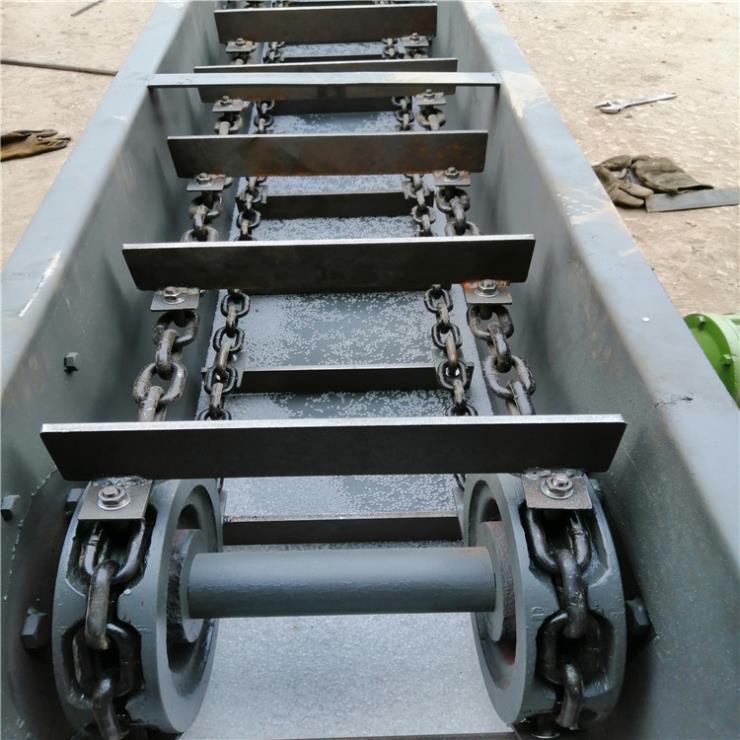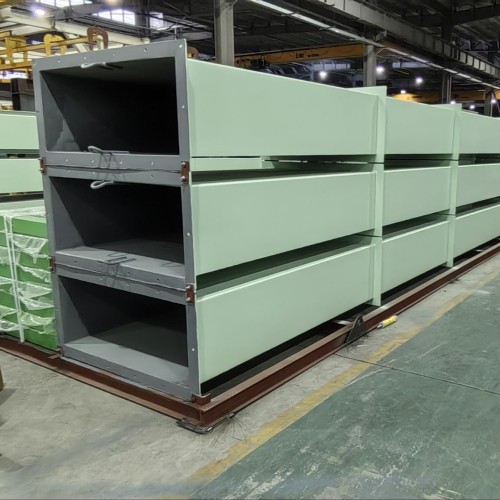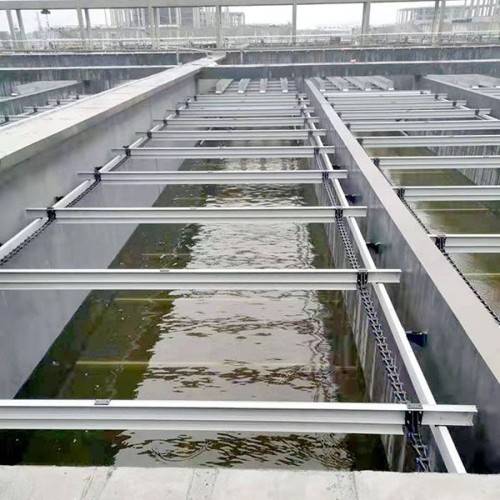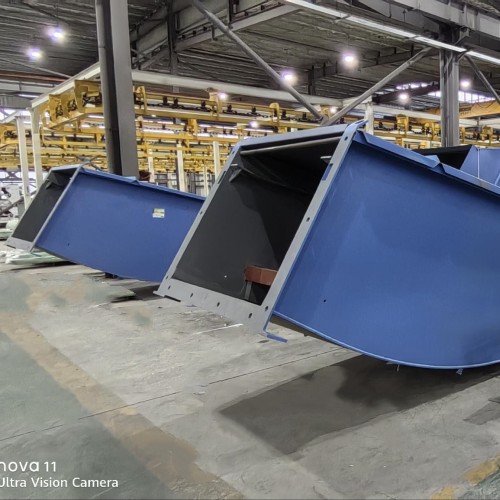
Lime Handling System for Operations | Solutions
Lime Handling System for Operations | Solutions
A Lime Handling System is essential for operations that use lime in their processes, whether in industries like water treatment, flue gas desulfurization (FGD), chemical manufacturing, or construction materials production. Lime handling involves several stages, including storage, conveying, dosing, and dust collection, and each stage requires efficient, safe, and reliable systems to ensure smooth operation. Below, we’ll look at the various solutions for lime handling systems tailored to operational needs.
1. Storage and Receiving Solutions for Lime
Storage Systems are designed to store lime safely and in a controlled manner to ensure quality and minimize dust emissions. The key components include:
- Lime Silos:
- Vertical or Horizontal Silos designed to store lime in bulk.
- Aeration Pads or Airflow Systems inside silos help prevent caking or clumping by maintaining a consistent air flow.
- Pressure Relief Valves and Level Sensors help prevent over-pressurization and ensure safe storage.
- Hoppers:
- Used to transfer lime from bulk storage to downstream equipment.
- Equipped with vibrators or air blasters to break up clumps of lime and ensure a steady flow to the next system.
- Bulk Receiving Systems:
- Trucks, railcars, or ships deliver lime, and receiving equipment like bucket elevators, pneumatic conveyors, or screw conveyors move the lime to storage.
- Dust Collection Systems capture airborne lime dust during unloading.
2. Conveying Solutions for Lime Handling
Conveying systems are critical for moving lime from one process to another within the system. The best options include:
- Pneumatic Conveying Systems:
- Ideal for long-distance, enclosed transportation.
- Both dilute-phase and dense-phase systems can be used, depending on the distance, material, and system requirements.
- Helps maintain a dust-free environment.
- Screw Conveyors:
- Horizontal, inclined, or vertical screw conveyors can be used for shorter distances.
- The screw flight design ensures a controlled flow of lime, even with abrasive materials.
- Wear-resistant materials (stainless steel or special coatings) help extend system life due to lime’s abrasive nature.
- Bucket Elevators:
- For vertical lifting of lime to different levels in the facility, especially in systems with multiple floors or high storage silos.
- Drag Chain Conveyors:
- Suitable for high-volume, abrasive materials like lime.
- Can handle long-distance transport and are often used for heavy-duty applications.
3. Metering and Dosing Solutions for Lime
In processes like water treatment and flue gas desulfurization, accurate dosing of lime is essential. The solutions for precise lime handling include:
- Rotary Valves:
- Control the flow of lime from storage to the conveying system and from one stage to the next.
- Rotary airlocks help maintain pressure balance while controlling the flow rate.
- Gravimetric and Volumetric Feeders:
- Gravimetric Feeders measure and deliver lime based on weight, ensuring consistent feed rates for chemical reactions.
- Volumetric Feeders are based on volume and are generally used where precise control of material volume is sufficient.
- Lime Slakers:
- Convert quicklime (CaO) into slaked lime (Ca(OH)2) by adding water to create a slurry. Slakers should be designed to handle the required volume of quicklime and ensure efficient slaking.
4. Dust Collection and Environmental Control
Lime handling systems produce dust, which is hazardous to both worker health and the environment. Implementing robust dust control solutions is crucial:
- Dust Collection Systems:
- Baghouse Filters: Capture fine lime dust released during handling, transportation, and dosing.
- Cyclone Separators: Used to remove larger particles of lime from the air.
- Wet Scrubbers: Help capture and remove fine particulate matter, especially in environments where air quality regulations are strict.
- Enclosed Conveying Systems:
- Pneumatic or Screw Conveyors can be fully enclosed, preventing dust from escaping into the air during lime transport.
- Emission Control:
- Systems should be equipped with pressure relief valves, explosion vents, and automatic shutoffs to ensure safety when handling volatile materials.
5. Lime Storage and Slurry Systems
For applications where lime is required in slurry form, such as in water treatment plants, a dedicated slurry system is needed.
- Slurry Preparation Tanks:
- Slaked lime is often used in slurry form, so preparation tanks mix lime with water to create a liquid slurry that can be pumped to treatment areas.
- Agitators or mixers are often used in these tanks to ensure proper suspension of lime particles.
- Pump and Piping Systems:
- Positive displacement pumps or centrifugal pumps transport lime slurry to various application points, such as water treatment basins or FGD units.
6. Maintenance and Operational Solutions
Proper maintenance and operational controls ensure system longevity and avoid downtime.
- Wear-Resistant Components:
- Lime handling systems are subject to wear and tear, so using wear-resistant liners and components (such as ceramic or high-strength steel) is critical.
- Automated Control Systems:
- PLC-based control systems monitor lime flow, pressure, and inventory levels, ensuring smooth operation and minimizing manual intervention.
- Preventive Maintenance:
- Regular checks of screw conveyors, pneumatic systems, and dust collectors ensure the system remains operational with minimal downtime.
7. Safety Solutions for Lime Handling
Ensuring the safety of operators is crucial when handling potentially hazardous materials like lime.
- Emergency Shutoff Valves:
- For quick shutdown of the system in case of emergencies to avoid damage or safety hazards.
- Fire and Explosion Protection:
- Proper ventilation, explosion relief systems, and non-sparking components reduce fire risk in areas where lime is handled.
- Employee Training:
- Operators should be trained on safe handling procedures, dust suppression techniques, and emergency responses.
Conclusion
A well-designed lime handling system ensures safe, efficient, and cost-effective operations for industries that require lime in their processes. Whether it’s for storage, conveying, dosing, or dust collection, having the right equipment in place helps improve productivity, reduce environmental impact, and ensure compliance with safety regulations. Custom solutions tailored to the specific requirements of each facility and operation can further optimize performance.
Would you like more detailed guidance or help designing a lime handling system for your operations?
Lime Handling System
Process
The high-temperature ash discharged from the furnace is firstly broken into small pieces by the roller-type slag breaker to facilitate cooling and transportation.
After the crushing of the ash and slag into the water-cooled screw slag extractor and between the screw blade and the outer cylinder cooling heat transfer back out.
If necessary, air lock (star ash discharge valve) can be provided at the outlet of the slag cooler.
Ash inlet temperature is less than 900 ℃, clinker size less than 100 mm, the transmission distance is 4 to 7 m, the level of the installation
Advantages
1. Facilitate the comprehensive utilization of slag.
2. Reasonable structure design, reliable operation, safe operation and good sealing performance.
3. Good load adaptability and remote control
Scraper slag remover
1. The cast stone slab is placed at the bottom of the base groove, which can effectively improve the wear resistance of the material and prolong the service life of the base groove.
2. The scraper material of the double-chain scraper is cast steel, the transmission chain is 25MNV high-strength material for mining, and the structure is double-row ring welding. In the process of transporting ash, the tightness of the chain can be automatically adjusted by the device at the front of the device.
3. The double-chain slag removing machine can reduce the labor intensity of the furnace workers, improve the working conditions of the boiler room, and ensure the boiler production efficiency to the greatest extent.
4. Compared with other closed type slag removing machines, the double-chain type is an open design, which can ensure that all ash can be discharged to the outside of the boiler.
5. The scraper support is a cast stone rail support method, which avoids various problems of supporting by the rollers, and can effectively reduce the maintenance cost of the equipment.
6. It is suitable for the slag removal of single-drum boilers with all slag outlets arranged at the rear and lower parts of the boiler.
7. The chain is automatically tensioned by manual or machine. The double overload protection system of the motor can ensure that the chain is not dragged, not stacked, and the ash is transported smoothly, meeting the requirements of industrial boilers and heating boilers.
Boiler removal scraper type
TYPE (Length <8M Slag 0.6-2.3T/H)
For boiler 2ton/h~25ton/h







